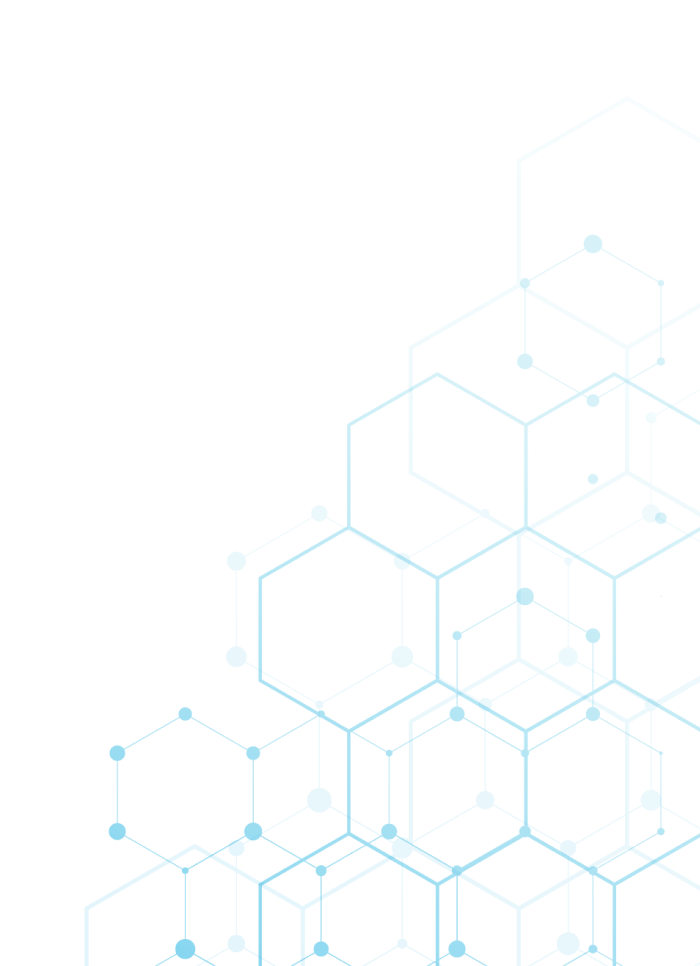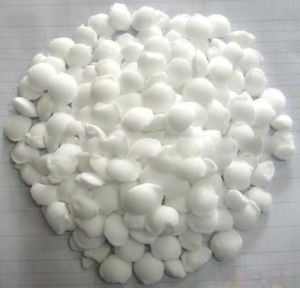PVC S65D-61518 (Ethylene based - SG 5) - Taiwan
|
IUPAC Name |
: Poly(1-chloroethylene) |
|
Cas Number |
: 9002-86-2 |
|
HS Code |
: 390410 |
|
Formula |
: C2H3Cl |
Basic Info
|
Appearance Name |
: White Powder |
|
Common Names |
: Polychloroethylene |
|
Packaging |
: 25 Kg Bag |


---thailand.webp)
---south-korea.webp)
.webp)
